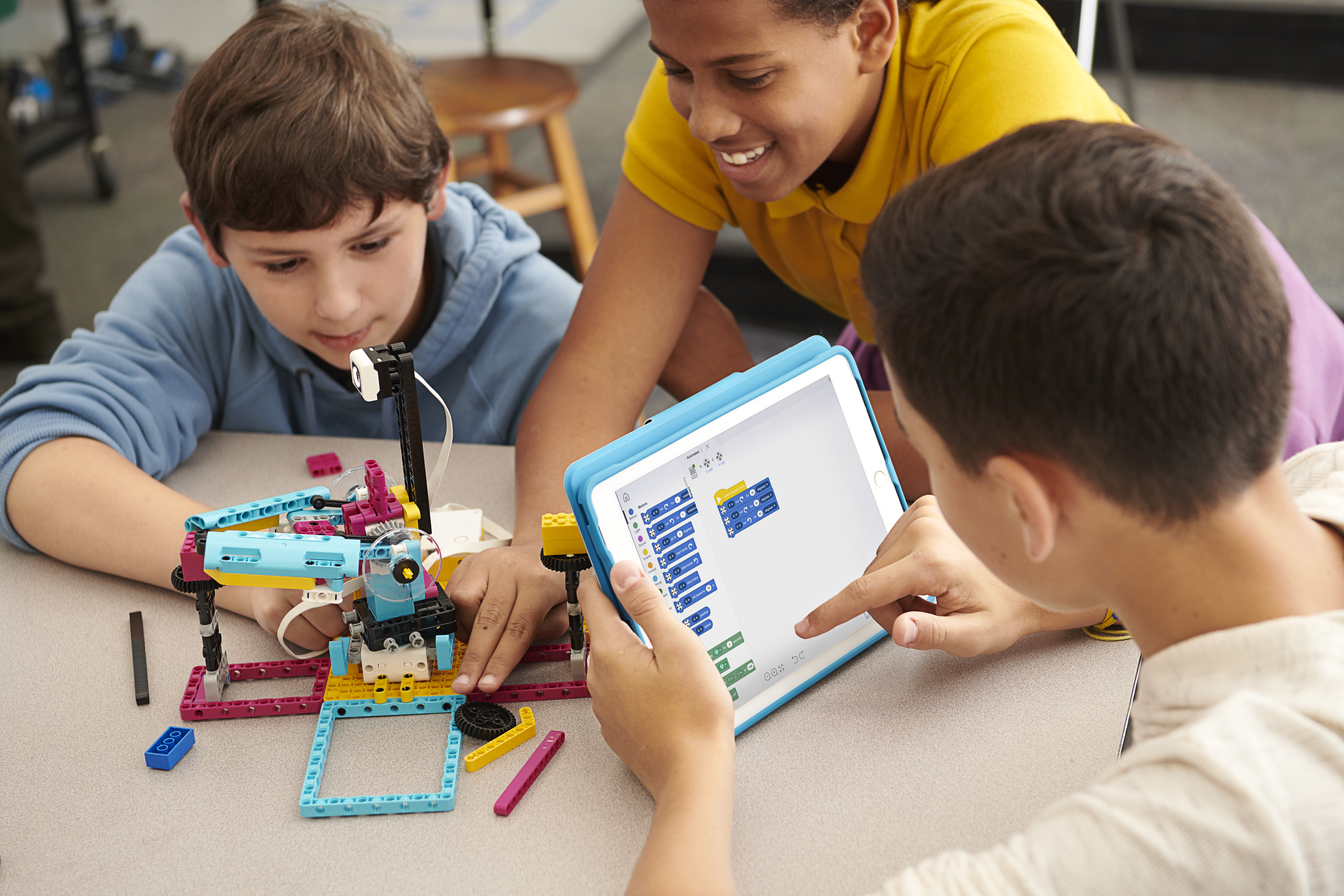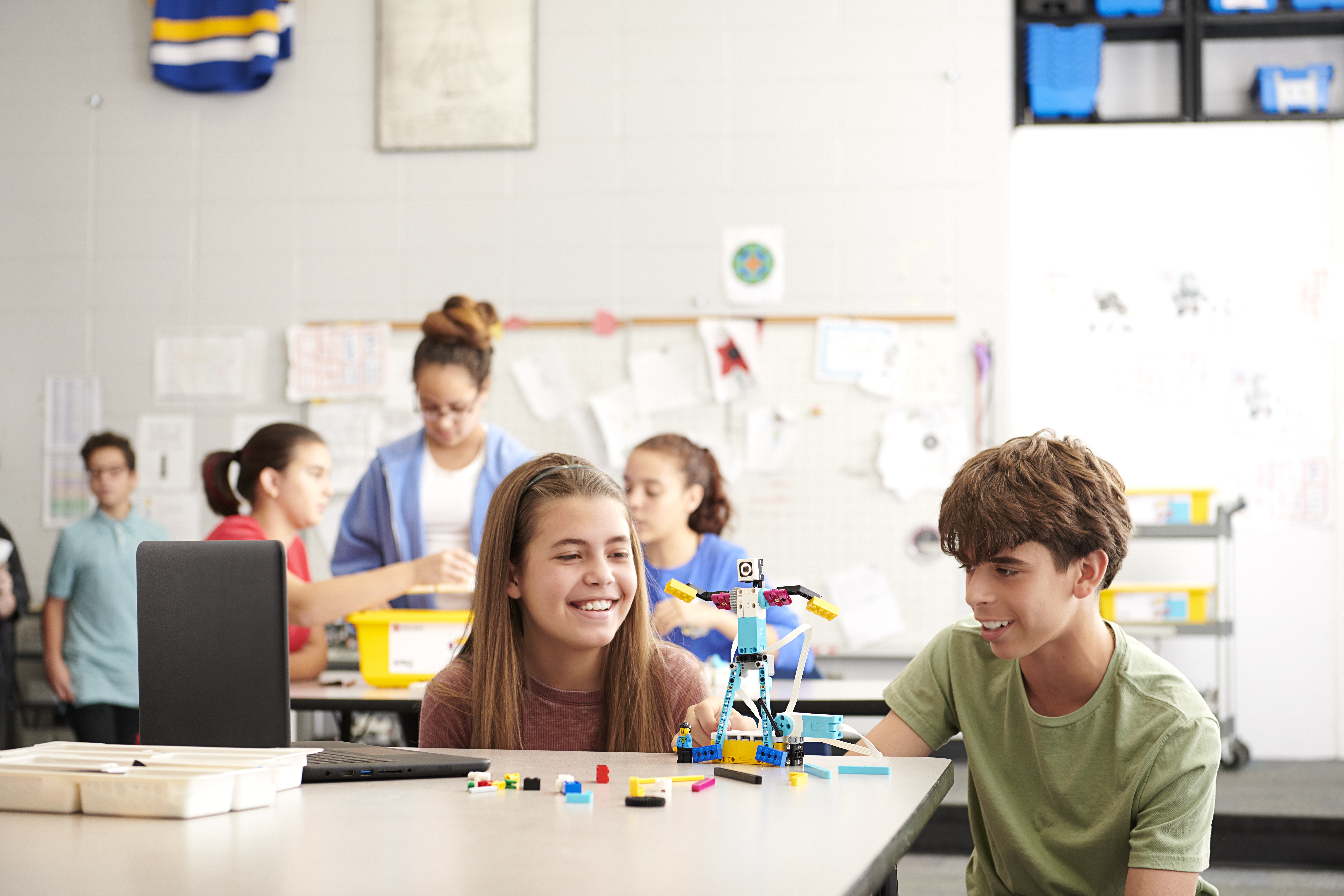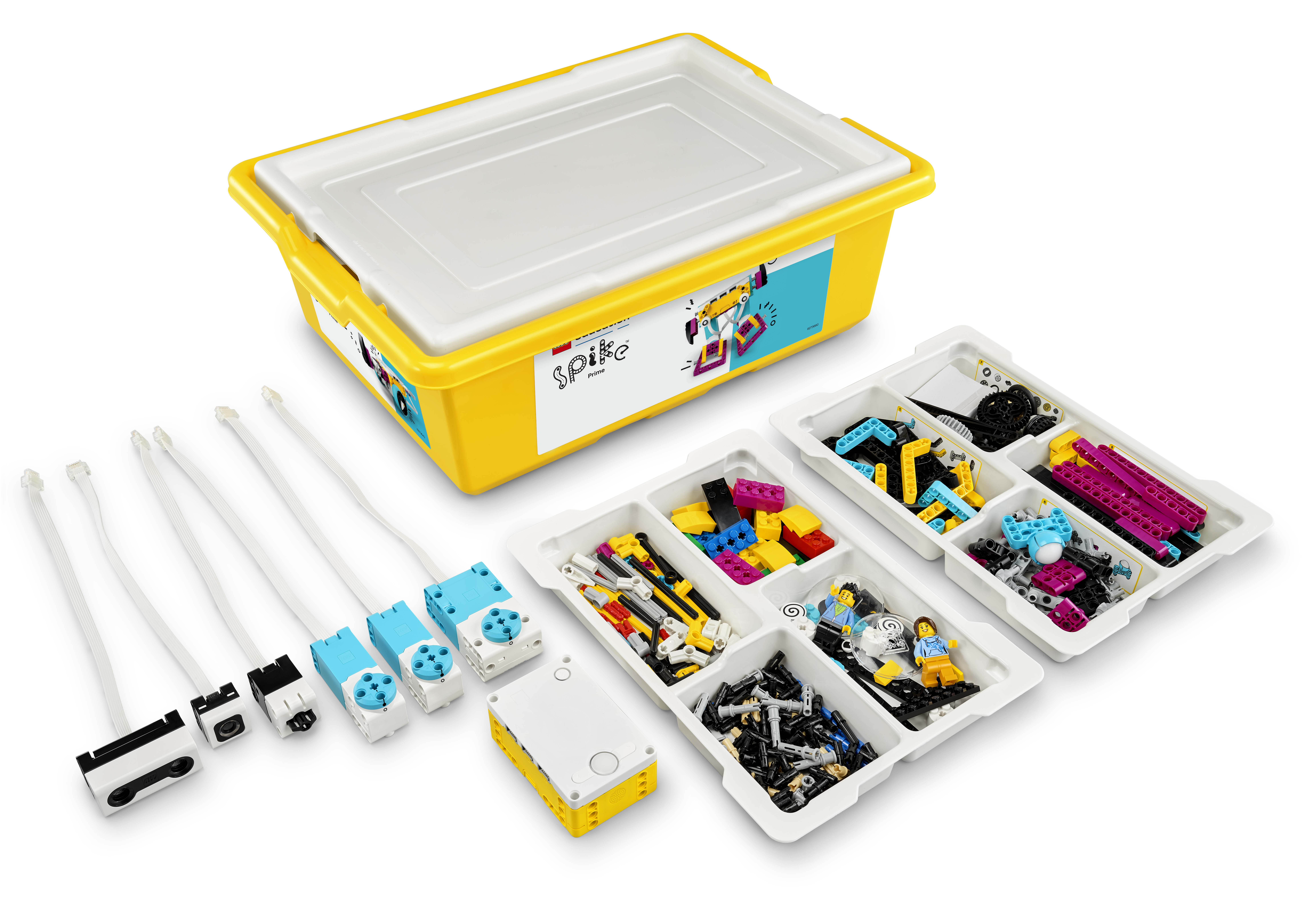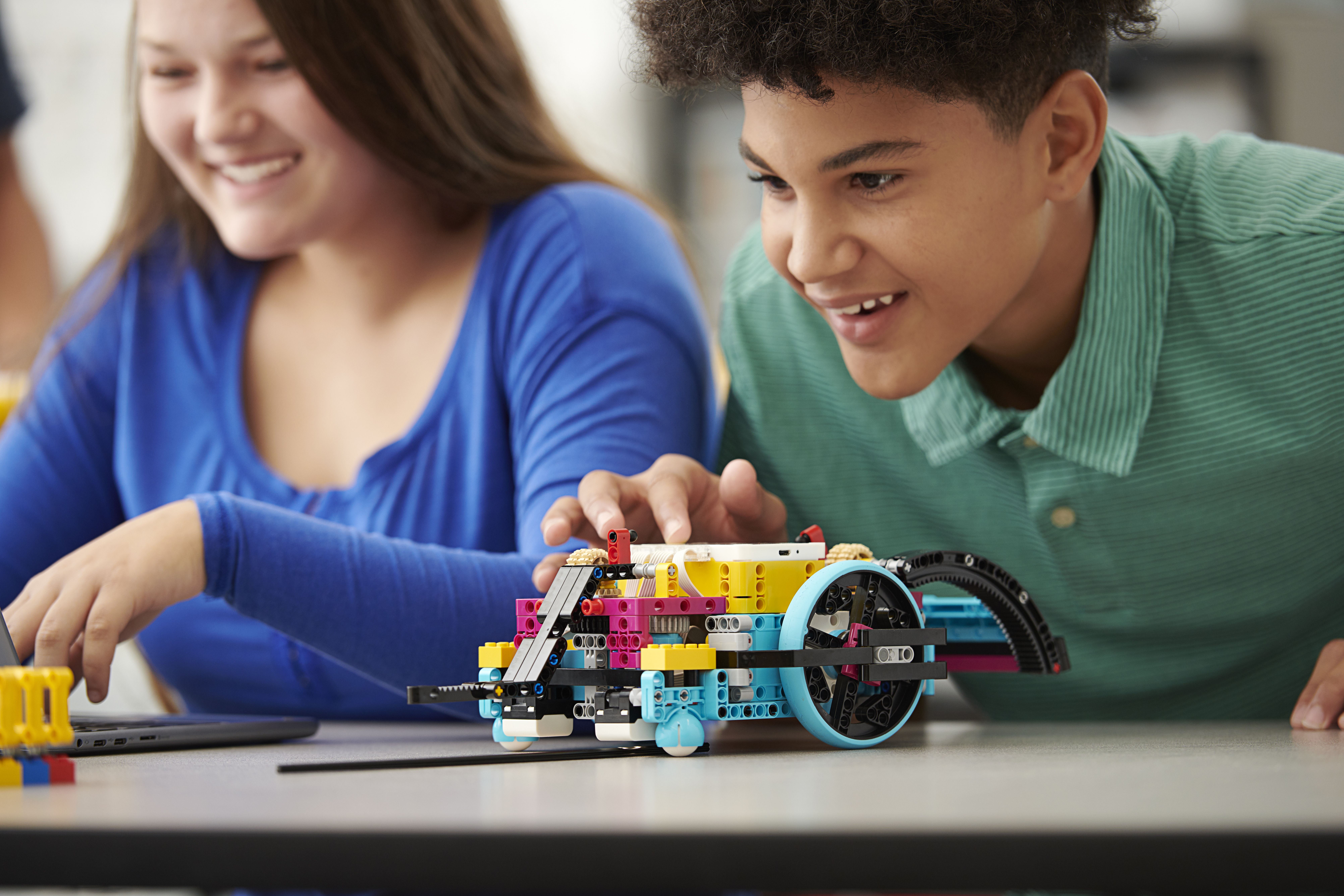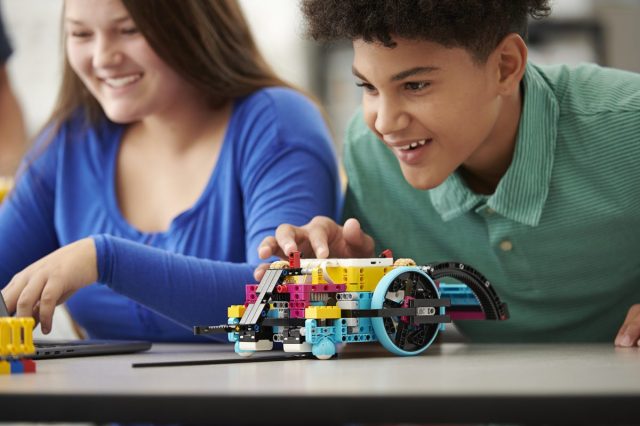Big Learners
Parlez-vous Français? (Or Chinese? Or Spanish?) Let your petit Francophile explore all things French at Big Learners. This non-profit organization offers language classes in French, Chinese and Spanish as well as instruction in the sciences. Native-speaking teachers provide an authentic learning environment for scholars to explore culture and customs while mastering fluency of a foreign language. The center also offers a Science and Engineering program that approaches problem solving hands-on. Classes start in October
Ages: 6-13
Cost: varies
Where: 11721 Kemp Mill Rd., Silver Spring, MD
Online: mccpta-epi.org
photo: Inside Ski Training Center
Inside Ski Training Center
Your little skier can go from Pizza to French Fries at this indoor facility where you can hit the slopes year-round. The Center boasts that a one hour lesson can accomplish what a half-day group lesson can achieve on snow. You don’t have to buy lift tickets or rent equipment to participate, making this an affordable way to learn. Inside Ski also offers snowboarding lessons. In addition to group classes, the Center offers one-on-one sessions.
Ages: 3 & up
Cost: starting at $33.25/class
Where: 34-B Catoctin Cir. SE, Leesburg, VA
Online: insideski.com
Rock Creek Park Horse Center
Giddy up! If your child begs for pony rides in their sleep, it might be time to upgrade to riding lessons. Future equestrians should look no further than Rock Creek Park where classes little riders learn how to groom and care for horses while mastering walking, trotting, jumping and more.
Ages: 5 1/2 & up
Cost: starting at $55
Where: 5100 Glover Rd., Washington, DC
Online: rockcreekhorsecenter.com
photo: Ballet Center of Houston
The Washington Ballet
Young dancers can pirouette and plié with one of DC’s best dance companies, The Washington Ballet. Kids under 5 will be introduced to creative movement explorations using pretend play, props, and stories. Children over 6 will continue to build upon basic ballet knowledge like posture, steps, and etiquette. Children 7 and under are not required to audition for the company. Ballet is a great way to develop increased strength and motor coordination. Students can practice at either the NW or SE campus.
Ages: 3 & up
Cost: varies
Where: 3515 Wisconsin Ave. NW, Washington, DC
Online: washingtonballet.org
photo: I.Fly Trapeze via Yelp
Trapeze School New York
Circus work isn’t just for clowns! Learning aerial acts not only helps strengthen a child’s core, it also builds their self-esteem. The TSNY of DC offers drop-in classes as well as 6 week workshops. Mini trapezists will swing from silks, a lyra, a Spanish web and, of course, a trapeze. If your kiddo takes to the sky with ease, there are also camps available during school holidays.
Ages: 6 & up
Cost: starting at $40
Where: 1299 New Jersey Avenue SE, Washington, DC
Online: washingtondc.trapezeschool.com
Play-Well TEKnologies
Featuring LEGO-inspired engineering classes for kids in grades K-8, Play-Well TEKnologies is in schools all over the DMV—just type in your zip code on their website to find the host school nearest you. Specific course themes vary, but your kids can always expect to apply real-world concepts in physics, engineering, and architecture through engineer-designed projects. Let them explore their craziest ideas in a supportive environment, or work on a concrete building project such as bulldozers, hovercrafts, hot air balloons, or the Great Wall of China design. Have a Minecraft fan? Give her an outlet to build a zoo, create a medieval castle, or design a tree house village! The possibilities are truly endless.
Ages: K-8th grade
Cost: varies
Where: varies
Online: play-well.org
International School of Languages
ISL is a community-oriented language school dedicated to offering language education for all ages.. Their main focus is on helping students who really have the will and desire to learn a foreign language. ISL offers Spanish, French, English, Chinese Mandarin, Farsi, Italian, Portuguese, German and Russian. These are fun classes where music and games are incorporated in the learning process.
Ages: 5-12
Where: 7906 Woodmont Ave., Bethesda, MD
Cost: $364
Online: islanguages.com
photo: Guiomar Ochoa
Henry’s Sweet Retreat
An innovative version of an old-fashioned candy store is exactly what owner Patty Craver was trying to achieve when opening this fun place, with candy-lined walls. Henry’s Sweet Retreat is a modern take on an old world sweet shop that will satisfy anyone and everyone’s sweet tooth. And the best part: after school baking and decorating classes for kids aged 7-13 recently launched! One hour classes are being offered three days a week, with over three different sessions. Each class has a baking and decorating element and the kids will bring home their goodies at the end of class. Some of the items include back to school pencil cookies, fall and Halloween bark, spider and turkey cupcakes football rice krispie treats and more! Super fun plus, who doesn’t love sweets?!
Ages: 7-13
Where: 4823 St. Elmo Ave., Bethesda, MD
Cost: $125
Online: henryssweetretreat.com
photo: LS Flamenco via Yelp
Flamenco 4 Kids!
At any age Flamenco is a lot more than just dance. But for young children it is a unique outlet for self-expression. Flamenco 4 Kids! balances discipline with fun and independence! Children ages 4-12 can learn Flamenco Rhythm, Music, and Dance. Teacher, Magdalena, uses a natural technique of ear training to build age-appropriate skills in movement and musicianship. If you stay for a class and peek through a window, don’t be surprised to see your little one standing tall and proud like royalty, or stomping her feet like a stampede of horses. Magdalena mixes rhythm and dance while traditional music from Andalucía plays in the background.
Ages: 4-12
Where: 3000 Connecticut Ave., NW, Washington, DC
Cost: varies
Online: flamenco4kids.com
photo: Great Adventure Lab
Great Adventure Lab
Have a coder in your midst? The Great Adventure Lab teaches kids grades K-7 how to love science, with super-fun hands-on classes in Lego Robotics, Programming, Engineering and more! The Great Adventure Lab hosts science, engineering and programming classes, camps and birthdays in metro DC (including NOVA, MoCo, Howard County PG County, and Baltimore County). Since their founding in 2010, The Great Adventure Lab has taught over 10,000 elementary school kids how to write their first robotics or video game programs. They have an array of after school classes to choose from depending on what your Einstein loves to do.!
Age: 5 & up
Where: varies
Cost: varies based on location
Online: thegreatadventurelab.com
photo: DC Fencers Club
DC Fencers Club
Why, yes, I fence! Whether you are a leading fencer or a “free-time” fencer, the DC Fencers Club is the place for you. For almost 30 years, the DCFC, has consistently produced winners both in the United States and around the world. Coaches help refine the skills of highly competitive fencers while emboldening more amateur fencers. Kids can take classes, participate in workshops, or opt for individual lessons. DCFC coaches are fencing masters and National Champions.
Ages: 7 & up
Where: 9330 Fraser Ave., Silver Spring, MD
Cost: $128
Online: dcfencing.com
photo: Paper Source
Paper Source Cursive Workshop
Who doesn’t need to work on their cursive?! Designed to Enhance your child’s penmanship, Paper Source’s Cursive Workshop is ideal for your 7-13 year old debutante! This six week after-school session is designed for elementary school students to learn lettering basics of cursive. At each 1-hr period, participants will spend time practicing their strokes with a little added crafting fun.
Ages: 7-13
Where: various locations across the DMV
Cost: $150
Online: papersource.com
Creative Youth
Dedicated to teaching fashion design and sewing, Creative Youth’s entire curriculum is tailored to the needs of their students with a focus on self-esteem building, creativity, and fun! Classes are offered after school and on the weekends on a rolling basis (students can begin at any time, and all skill levels are welcome). Students take home all work they’ve created in class, and all supplies and materials are included in the class fee—including New York designer patterns, couture fabrics, runway images, professional art tools, and more. Give your fashionista a chance to see what it takes to be a fashion star.
Ages: 7-18
Where: 4805 St. Elmo Ave., Bethesda, MD
Cost: starting at $35
Online: creative-youth.com
Rockin’ Railroad
Each week, Kidville’s live four-piece children’s band takes you and your child on a journey through tempo, rhythm, word recognition, and sound identification, exploring different instruments and musical genres and meeting special puppet friends along the way. The class makes “stops” at fun destinations including Instrumentville and Grandma’s House before heading back to Kidville Station, and is divided according to age group.
Ages: 0-5 years (with caregiver)
Where: 4825 Bethesda Ave., Bethesda, MD
Cost: $308
Online: kidville.com
